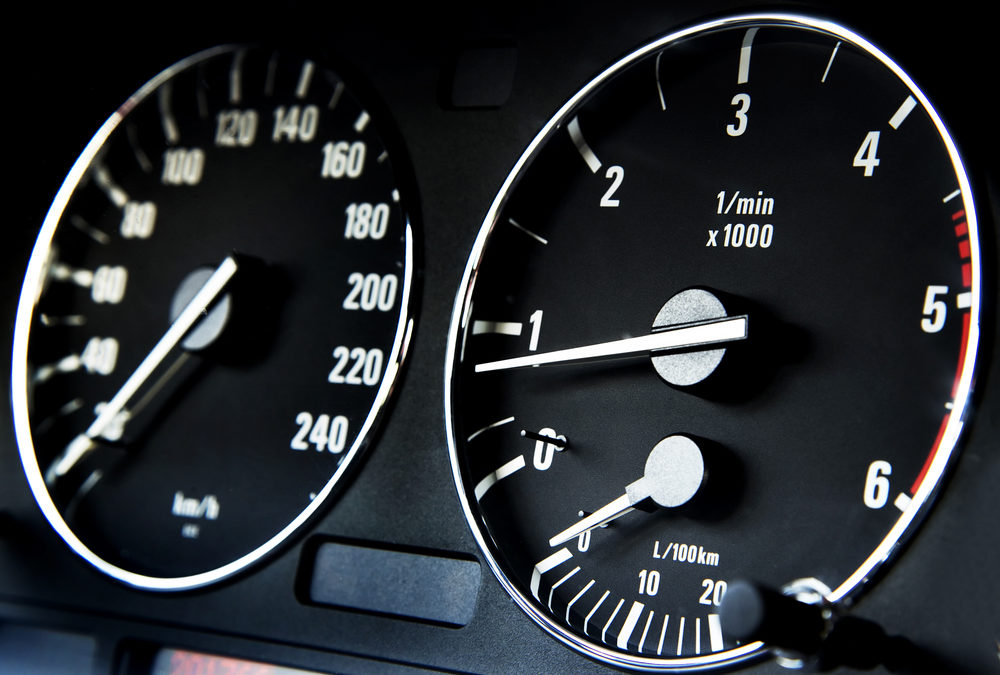Business owners often have to drive to meet with clients, attend networking conventions, and perform other important tasks to help their business grow and thrive. Of course, it’s no secret that driving can cost you a great deal of money; not only is there the cost of gas to consider, but also the general wear and tear on your vehicle. How do you account for those expenses? Can you deduct business-related mileage on your tax return? Keep reading to find out more.
Can You Deduct Business Mileage?
The short answer to this is yes, you can deduct those miles driven and the costs associated with them—but only if you’re a small-business owner. Previously, employees could also deduct any miles they drove on behalf of the business, but this was eliminated with the Tax Cuts and Jobs Act of 2017. If your employees do a significant amount of driving for the business, you can implement a mileage reimbursement program to compensate them for that mileage, then claim that expense as a business deduction.
As a business owner, you can claim a business mileage deduction any time you use a four-wheeled vehicle for business purposes, so long as your business does not actually revolve around driving. For example, if you’re a freelance marketing consultant, you can deduct miles you drive to meet with clients. But if your business is a taxi service, you cannot deduct the miles you drive on all of your taxis.
What Qualifies as Business Mileage?
Before you can begin calculating your business mileage, you first need to ensure that you’re only claiming mileage that qualifies for the business deduction. But what trips qualify? Here are some common types of trips business owners often take that would qualify for this deduction:
- Driving to meet with customers
- Driving to meet with your business’s attorney or accountant
- Driving to the bank for a business transaction
- Going to the store to pick up office supplies for the business
Essentially, all business-related errands, no matter how small, can qualify for the business mileage deduction; it does not have to be a long road trip or unusual circumstance for you to deduct it. However, you should ensure that you’re not deducting miles from your commute or any extra errands that you might make while out on business-related runs (like grabbing yourself lunch on your way to pick up office supplies).
How Do You Calculate Business Mileage Deductions?
Now that you know which trips you can deduct, how do you begin to calculate that deduction? There are actually two different methods for calculating the business mileage deduction: the standard mileage rate or the actual expense method. How do you choose the best method for your business? Typically, the best way to determine that is to actually calculate your deduction using both methods and see which will give you the bigger benefit. Here’s an overview of both methods:
- Standard mileage rate – As the name implies, this deduction method provides you with a standard or fixed deduction rate for each mile driven. This makes it easier to calculate than the actual expense method of calculating. All you’ll need to do is multiply the number of qualifying business miles driven by the current standard deduction rate. For 2022, you could deduct 58.5 cents per business mile driven from January 1 through June 30. For the remainder of the year, you can deduct 62.5 cents per business mile driven.
- Actual expense method – The actual expense method requires you to keep track of the costs associated with operating your car in addition to the total miles you drive for business purposes throughout the year. You would then calculate what percentage of your total mileage was driven for the business, and deduct that percentage of the total costs associated with your car. For example, let’s say you spent $9,000 maintaining your car this year and drove a total of 60,000 miles, with 20,000 of those miles being for business purposes. This means 33% of your driving was for business purposes, so you could deduct 33% of your total vehicle expenses. This would make your total business mileage deduction $3,000.
Maintaining Your Mileage and Expense Records
One of the most important factors in claiming the business mileage deduction—regardless of which method you choose—is to ensure you’re keeping detailed records. It’s a good idea to keep a mileage log in your car, where you can write down the date, purpose of the trip, start odometer reading, ending odometer reading, and total mileage. Then, if you’re using the actual expense method (or want to perform both calculations to ensure you get the best deduction possible), you will also need to keep all receipts associated with your vehicle expenses. This includes gas, oil changes, repairs, tires, license and registration, and so on.
If you need help maintaining your records or calculating your business mileage deduction, contact Peter Witts CPA today.

